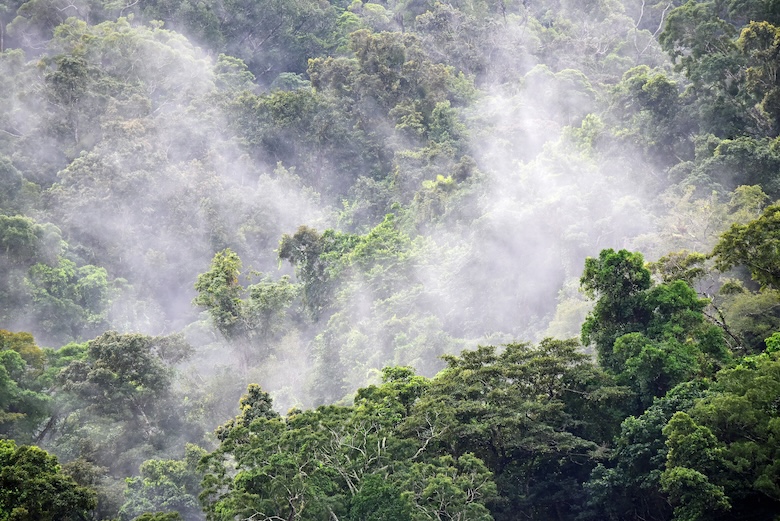
Artificial intelligence (AI) is progressively utilized in the realm of environmental surveillance, offering a plethora of advantages such as mechanizing inspections, optimizing the distribution of resources, and forecasting potential infringements of environmental regulations. AI, coupled with machine learning, is employed to scrutinize images captured by satellites or drones. This aids in identifying possible violations of environmental laws and enhancing regulatory efficacy. Moreover, AI can be harnessed to keep track of air quality, anticipate environmental patterns, and architect more energy-conserving structures.
The incorporation of AI into environmental surveillance can markedly boost the effectiveness of conventional monitoring methods while curbing costs and facilitating more enlightened decision-making processes. Additionally, AI serves as a bridge connecting satellite data with surface sensors which results in an enriched comprehension of environmental alterations and superior predictive abilities. In essence, AI holds the promise to bring about a paradigm shift in environmental surveillance by delivering real-time, cost-efficient, and data-driven solutions to tackle a wide array of environmental predicaments.
Artificial Intelligence (AI) is a vital tool in environmental surveillance across multiple sectors. Here are some primary examples where AI is utilized:
1. Preservation of Wildlife:
- Computer vision algorithms on AI-enabled camera traps and drones are used to oversee wildlife populations, track different species, and gather data on behavior and migration patterns.
2. Monitoring of Air and Water Quality:
- The combination of sensors, satellite data, and AI algorithms allows for real-time supervision of air and water quality, detection of pollutants, trend analysis, and prediction of environmental hazards.
3. Detection of Deforestation:
- Real-time deforestation detection is made possible through the use of satellite imagery and machine learning models which identify changes in forest cover, illegal logging activities, and areas at risk.
4. Analysis of Climate Change:
- Vast datasets are analyzed by AI models to predict climate change trends, simulate climate scenarios, evaluate impacts on ecosystems, and assist in developing mitigation and adaptation strategies.
5. Surveillance of Marine Ecosystems:
- Marine environments are monitored by AI-powered underwater drones and sensors that track ocean temperatures, detect alterations in marine life populations, and identify threats such as oil spills.
These implementations illustrate how AI is transforming environmental monitoring by offering valuable insights for conservation initiatives and sustainable resource management.


